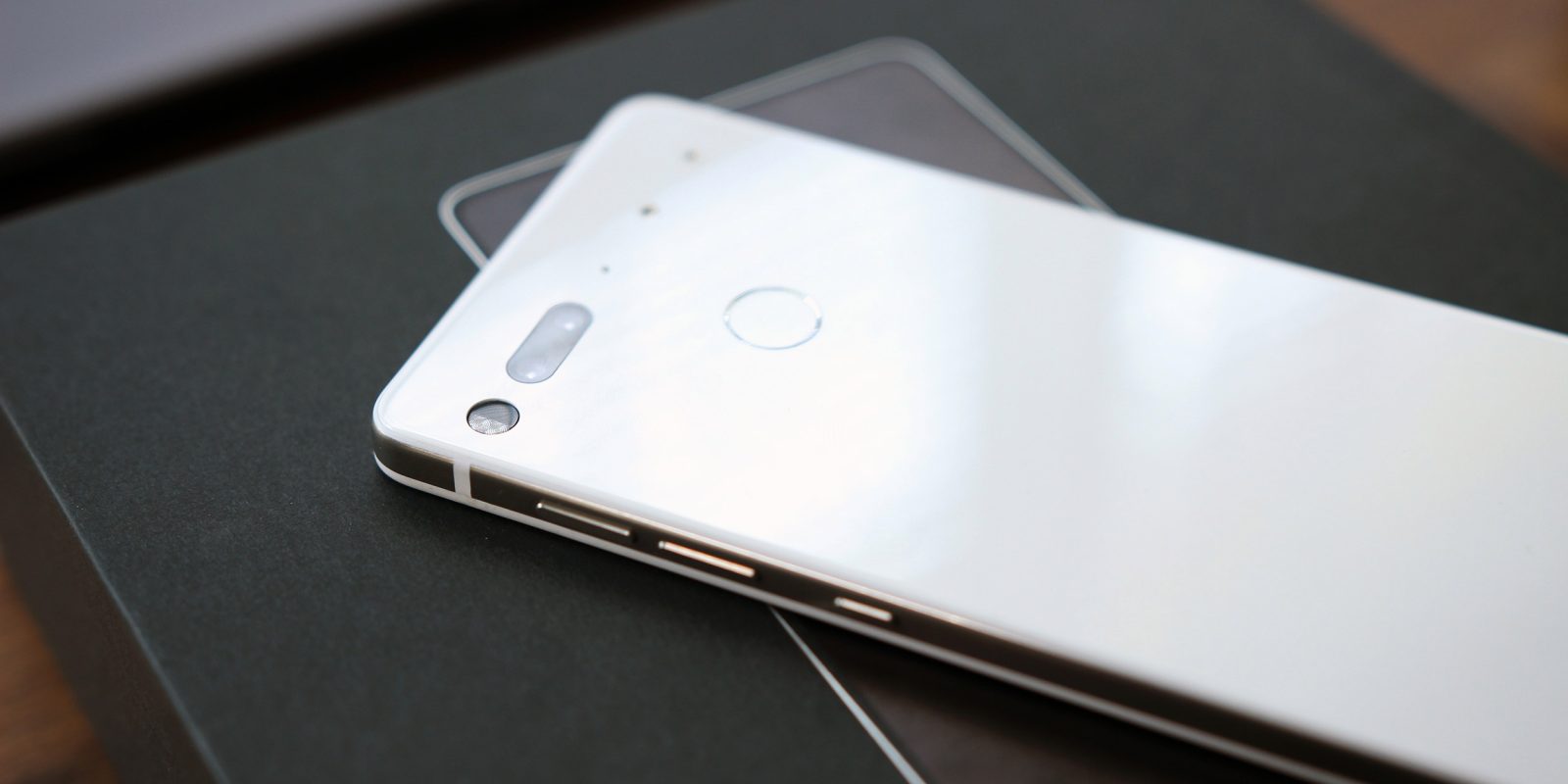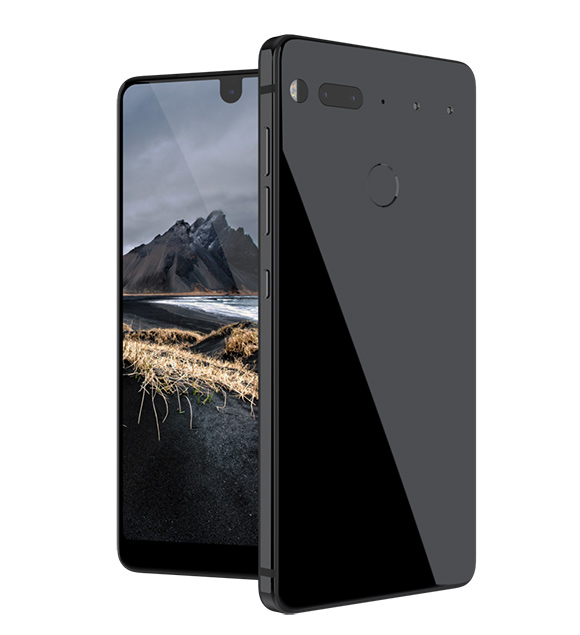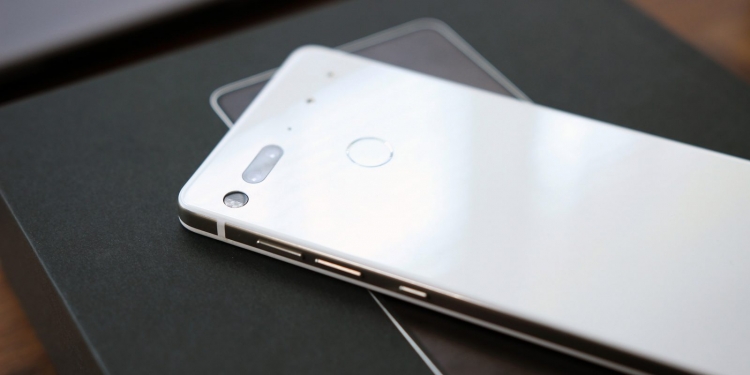
Essential Phone will stop making its PH-1 smartphone as the company shifts its focus to the “next mobile product”. The PH-1 has gone out of stock at stores in the US where the device is available including Essential’s own website. The Essential Phone is not sold in Malaysia.
This doesn’t come as a surprise considering that the PH-1 was released in mid 2017. In terms of
“We are sold out of Essential Phone on essential.com and won’t be adding any new inventory. We are now hard at work on our next mobile product and will continue to sell accessories and provide speedy software updates and customer support to our existing community,” an Essential spokesperson told 9to5Google.

Remember Essential Phone? You would be forgiven if you don’t. Founded by the father of Android, Andy Rubin in 2017, Essential Phone was created to challenge mainstream device manufacturers with the promise of simplicity, premium materials and a modular design. Andy believed that users should be able to tailor their mobile experience with features that they want, and that simplicity is always better.
The PH-1 was regarded by many as the father of the notched display.
When the device was released in 2017, the PH-1 featured a 5.71-inch Quad HD (2560×1312) display with a 19:10 aspect ratio. The device had a frame that’s made from titanium for strength and lightness while the back panel was made out of ceramic.
Titanium is lighter, stronger and more flexible than aluminium making it the perfect material for a smartphone, but the high material cost compared to aluminium prohibits titanium from being widely used in the smartphone industry.
The device was released with a Qualcomm Snapdragon 835 processor with 4GB of RAM and 128GB of UFS 2.1 storage. It has a dual camera with two 13MP Sony IMX258 sensors – one for RGB and the other for monochrome –both with f/1.85 lens and a Hybrid Auto Focus system that uses Contrast, PDAF, and IR Laser AF. At the front, the device gets an 8MP f/2.2 camera.
Powering the PH-1 is a 3,040mAh battery which supports Fast Charging via USB Type-C. The device had a fingerprint sensor located at the back, four microphones and stereo speakers.
At launch, the device was priced at US$699 (about RM2,990 back in 2017).








